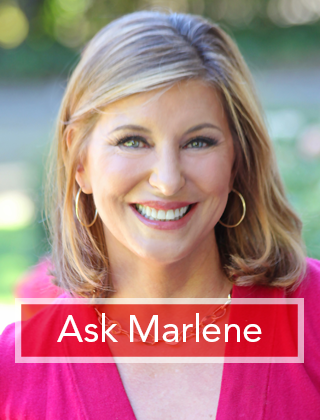Maintaining a healthy weight is the key ingredient to looking and feeling your healthiest best, but with so many diets to choose from, which “diet” is the best? The truth is, whether they admit it or not, all successful weight loss diets boil down to the same thing – they create a calorie deficit . This article is a short overview about the basic principles of weight loss and the numbers you personally need to know.
BMI – WHAT DOES IT MEAN?
While a quick look in the mirror can often reveal whether or not it’s time to tighten the proverbial belt, calculating your BMI, or body mass index will tell you if your weight is in a healthy range. BMI is a simple calculation that estimates body fat. To calculate your personal BMI go to the tools section, and click on the Body Mass Index Calculator. If you are not within a healthy range, it’s time to lose. The good news is that losing as little as 5% of your body weight (if you are overweight), can lead to big benefits when it comes to your health.
THE MIGHTY CALORIE
When it comes to weight loss, calories are king. While there may be varying opinions as to the perfect proportion of fat, carbs, and protein, and the types of foods they should come from, in order to lose weight, the bottom line is that it’s the total amount of calories you eat that really counts. A calorie is a measure of the energy you derive from the food you eat. When you eat fewer calories than you burn, you lose weight. When you eat extra calories, you gain. This is why it’s important to know how many calories you need. To calculate your daily caloric needs, visit the tools section and click on the Personal Calorie Calculator. The magic number you get using this calculator is the number of calories it takes a day to maintain your current weight – or your daily calorie budget.
FORMULA FOR WEIGHT LOSS
Eating more calories than we need is easy to do, especially when we consider that the foods we eat today are richer, sweeter, and served in larger portions than ever before. It takes a caloric deficit of 3,500 calories to lose one pound of fat. Thus, to lose one pound of fat per week, you need create an average deficit of 500 calories per day (500 X 7 days = 3500). For example, if your current calorie needs are 2,000 calories a day, maintaining a budget of 1500 calories a day will result in the loss of one pound per week – or four pounds per month! While we all want to lose weight quickly, experts agree that losing 1 to 2 pounds per week is not only healthiest way to trim your waistline, but it’s the type of weight loss that is most likely to be maintained.
Fitness Tip: Exercise/being active burns calories and increases the calorie deficit. A combination of exercise and a reduced calorie diet is the fastest way to peel off the pounds.
MANAGING YOUR BUDGET
No matter what your calorie budget, you’ll want to spend it wisely to get the most out of your calorie buck. While exercise is important, studies show that what you eat determines 80% of your weight loss success. The highest “cost” foods are those high in fat. Fat is dense in calories so reducing the fat in your diet will reduce calories quickest. Sugar and sugar-filled foods are also costly as they offer little nutrition and stimulate the release of insulin (which puts your body into fat storage mode). Conversely, eating healthy foods that are rich in protein and/or fiber and low in sugar, fat and calories make it easier to keep within your calorie budget. (To see how many calories you can “save” by simply reducing the fat and sugar in the foods you normally eat with some of my recipes here a few of my Dare to Compare comparisons.
In addition to preparing healthier recipes at home, be sure to look for nutrition information when dining out and shopping at the market. Keep your caloric intake each day below your “budget” and you will see the results on your scale. Tip: keeping a log is a great way to keep your caloric spending in check. Studies show those who keep food dairies lose twice as much weight! You will find a downloadable log near the bottom of the page in the tools section to help you get started!




